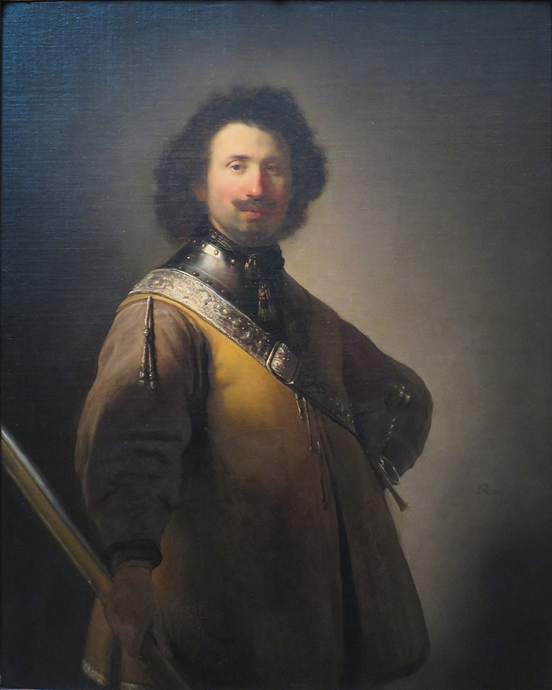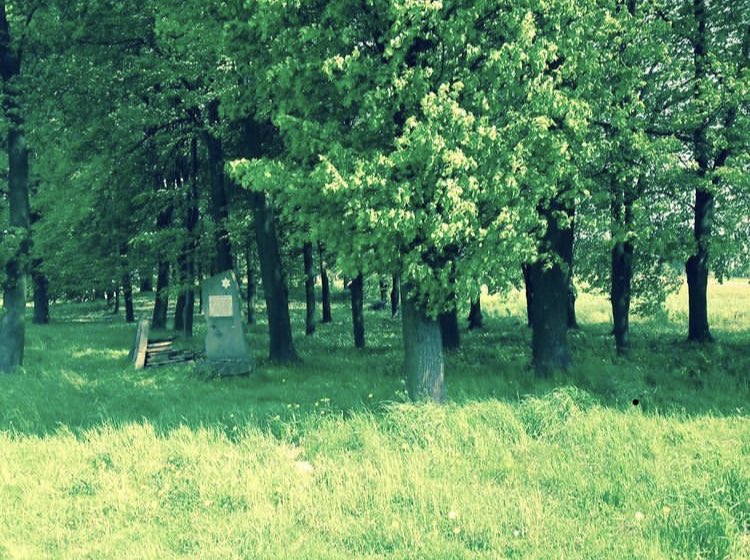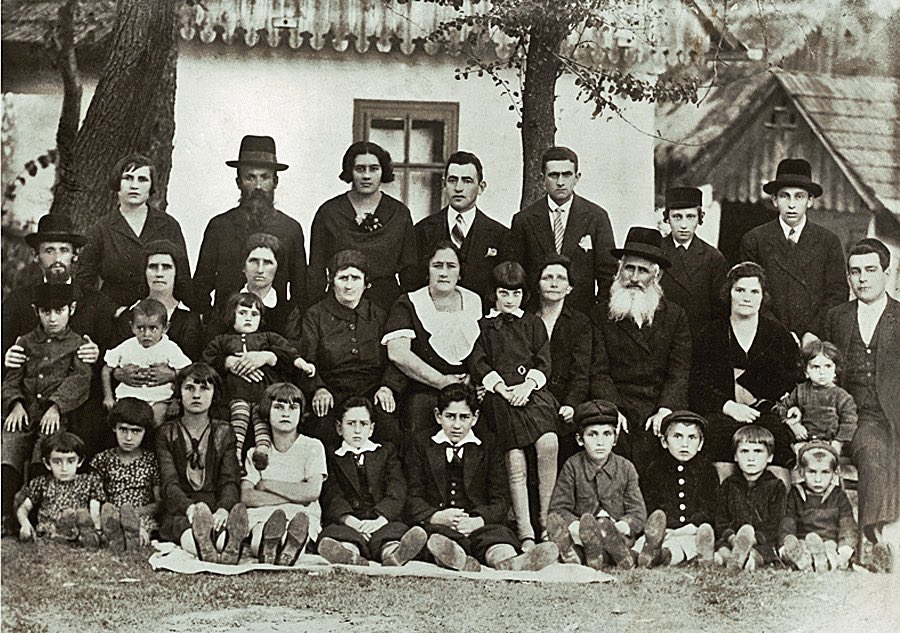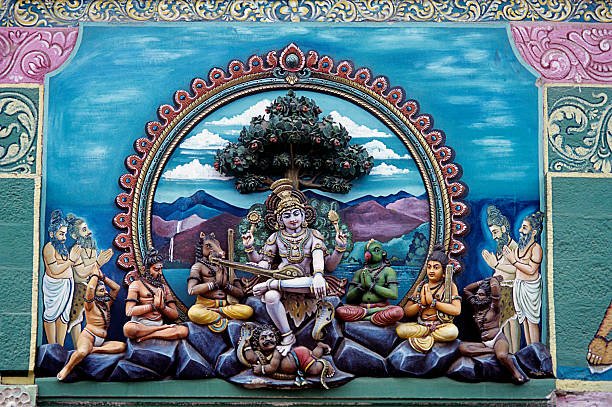
We will likely never be able to establish with certainty the identity of the two Black men painted by Rembrandt. There are no documents found, linking the painting to individuals. But we can make a reasoned guess. #BlackHistoryMonth #day20 #rembrandt #identification


painting, then we can assume that the two men
were in the studio in Jodenbreestraat to be portrayed in or before 1656.




Today my article \u2018Al de swarten die hier ter stede comen\u2019 - about an Afro-Atlantic community in seventeenth century Amsterdam - was published #openaccess in @_tseg. The article is in Dutch, so I\u2019ll do a short introduction in #thread here. https://t.co/ABrNrHTT5C #twitterhistorian pic.twitter.com/CVTEWCFEiW
— Mark Ponte (@voetnoot) March 12, 2019
Mixed marriages have been part of European cultures for centuries. In 1593 Bastiaen Pieters from the kingdom of Manicongo in Africa maried the widow Trijn Pieters from Amsterdam. #migrantcity #blackamsterdam https://t.co/khqV0rgOmo pic.twitter.com/b9tlHIjdp2
— Mark Ponte (@voetnoot) December 24, 2019
'A afro-brasileira Juliana em Amsterd\xe3', I'm happy that the important story of Juliana and the Black community in 17th century Amsterdam is now available in Portuguese. #historiasdanovaholanda https://t.co/RjHq5YPni9 https://t.co/L8TEJAP0mO
— Mark Ponte (@voetnoot) December 17, 2020
During #BlackHistoryMonth everyday a tweet about Amsterdam's Black History. Read some stories on my blog: https://t.co/aqrp5BY22v pic.twitter.com/sWVx8WGeZa
— Mark Ponte (@voetnoot) February 2, 2021
More from History
(I am forced to do this due to continuous hounding of Sikh Extremists since yesterday)
Rani Jindan Kaur, wife of Maharaja Ranjit Singh had illegitimate relations with Lal Singh (PM of Ranjit Singh). Along with Lal Singh, she attacked Jammu, burnt - https://t.co/EfjAq59AyI

Tomorrow again same thing happens bcoz fudus like you are creating a narrative oh Khalistan. when farmers are asking MSP. (RSS ki tatti khane wale Kerni sena ke kutte).
— Ancient Economist (@_stock_tips) December 5, 2020
U kill sikhs in 1984 just politics. To BC low IQ fudu Saale entire history was politics.
Hindu villages of Jasrota, caused rebellion in Jammu, attacked Kishtwar.
Ancestors of Raja Ranjit Singh, The Sansi Tribe used to give daughters as concubines to Jahangir.

The Ludhiana Political Agency (Later NW Fronties Prov) was formed by less than 4000 British soldiers who advanced from Delhi and reached Ludhiana, receiving submissions of all sikh chiefs along the way. The submission of the troops of Raja of Lahore (Ranjit Singh) at Ambala.
Dabistan a contemporary book on Sikh History tells us that Guru Hargobind broke Naina devi Idol Same source describes Guru Hargobind serving a eunuch
YarKhan. (ref was proudly shared by a sikh on twitter)
Gobind Singh followed Bahadur Shah to Deccan to fight for him.

In Zafarnama, Guru Gobind Singh states that the reason he was in conflict with the Hill Rajas was that while they were worshiping idols, while he was an idol-breaker.
And idiot Hindus place him along Maharana, Prithviraj and Shivaji as saviours of Dharma.

You May Also Like

Just added Telegram links to https://t.co/lDdqjtKTZL too! Now you can provide a nice easy way for people to message you :)

Less than 1 hour since I started adding stuff to https://t.co/lDdqjtKTZL again, and profile pages are now responsive!!! 🥳 Check it out -> https://t.co/fVkEL4fu0L

Accounts page is now also responsive!! 📱✨

💪 I managed to make the whole site responsive in about an hour. On my roadmap I had it down as 4-5 hours!!! 🤘🤠🤘
















